House siding design ideas to inspire your home renovation
Your home's siding is a reflection of your style and an essential part of its curb appeal. Learn about house design ideas from industry experts to beautify your home.
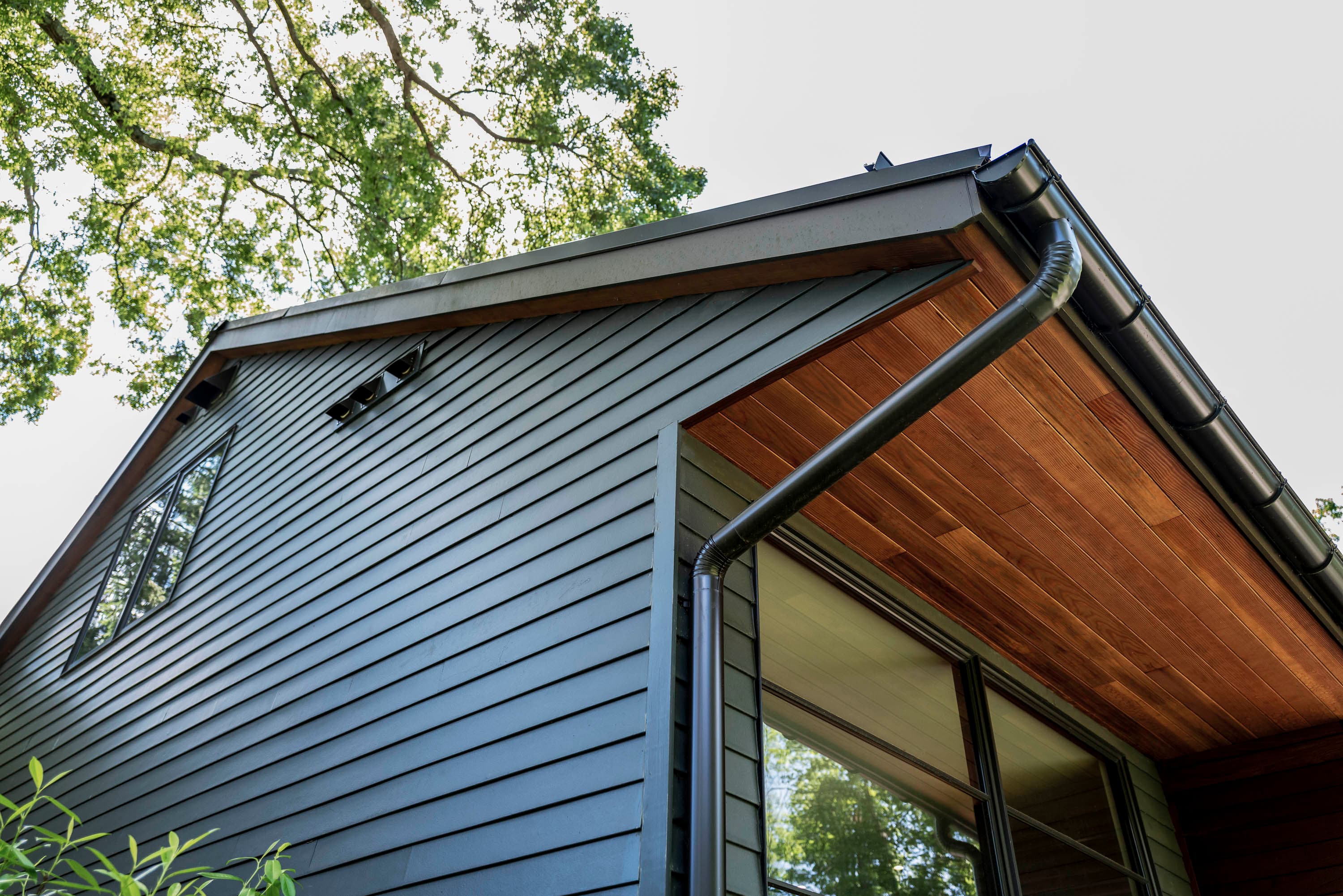
In the same way your clothing can reflect your personality, the siding on your home’s exterior has something to say about your family’s style. When guests pull up to your house, your exterior siding should give them a glimpse of your family’s style with the home you’ve created together. Beautiful siding is also an essential aspect of creating curb appeal, which can boost the value of your home.
The sheer number of siding options can feel overwhelming, so we went to the experts for inspiration. With each trend homebuilders are seeing this year, there’s room to express your individuality through texture, color, and details. With an original take on a popular trend, your exterior renovation will look appealing enough to grace the pages of a magazine, while uniquely reflecting the sensibility of your family.
6 House Siding Trends
Modern Lines
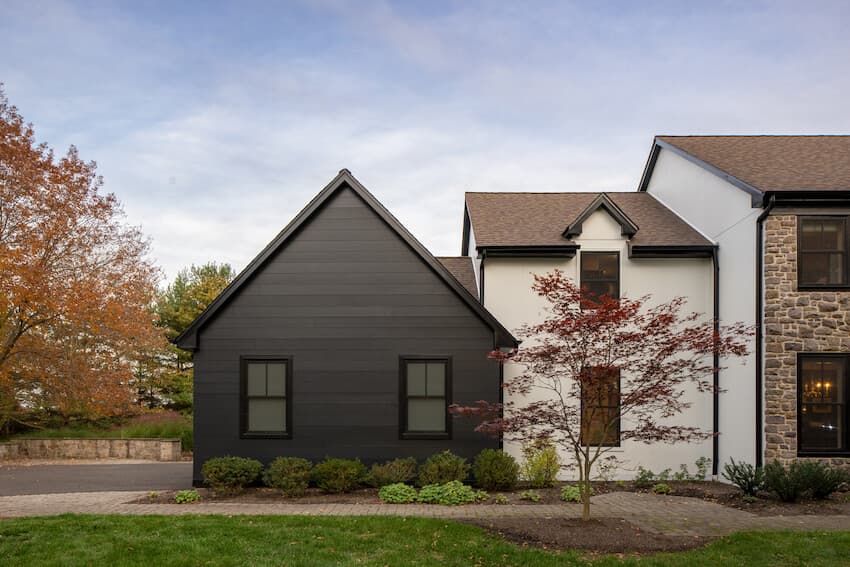
While some homeowners still have a taste for more traditional styles, such as lap siding, “We clearly see more desire for cleaner, modern lines,” explains Michael Woodley, president and founder of Woodley Architecture. Homeowners are looking for siding ideas with a smoother appearance, such as Hardie® Artisan® siding profiles like V-Groove or Square Channel, part of the HardieTM Architectural Collection. This collection also features new Hardie® Architectural Panel that deliver sleek, clean lines to help homeowners and trades achieve more modern looks.
Board and Batten
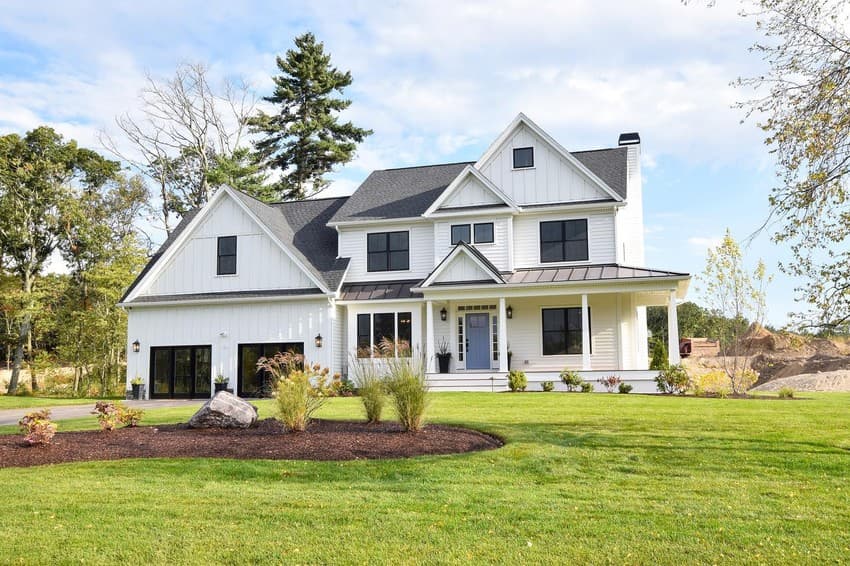
Whether homeowners are aiming for a modern farmhouse look or just building on family ranch land, board and batten siding is a popular choice, says Melanie McGinley Sparks, president of Kurk Homes. “They love that kind of southern charm of the board and batten look,” she says. McGinley Sparks and brother Chris McGinley are third-generation co-owners of the custom building firm. Because board and batten siding looks beautiful with a wide variety of architectural styles and applications, it may never go out of style. The team at Kurk Homes has even used board and batten siding for internal accent walls.
Bold Colors
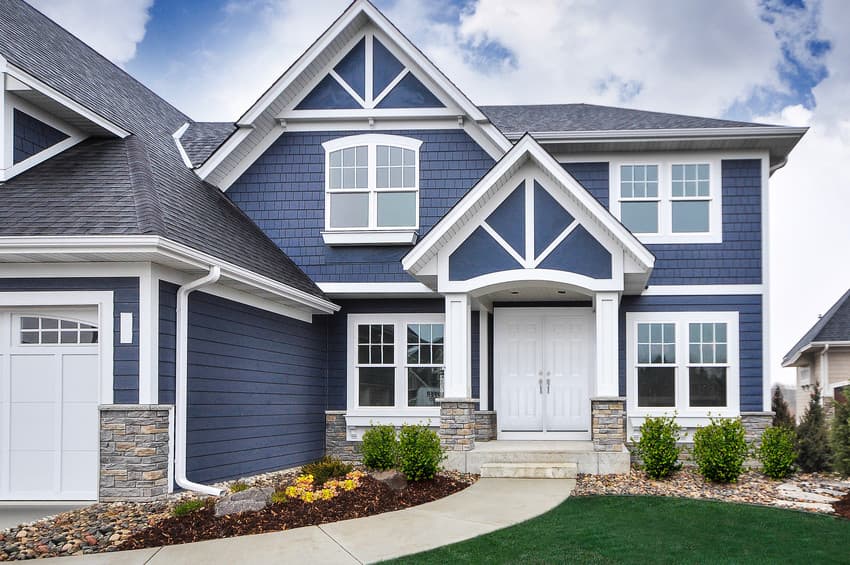
Woodley notes that playing with color and texture together helps animate the facade, which is why some homeowners are moving away from white and gray. “People are starting to push a little bit more color,” he says, though he notes that white is still a popular choice.
Blue siding is gaining popularity, and pops of bright color in the shutters can also play well with neutral colors, which will never go out of style. McGinley Sparks also says she’s seeing more homeowners choose green for their homes’ exteriors.
Timeless Neutrals
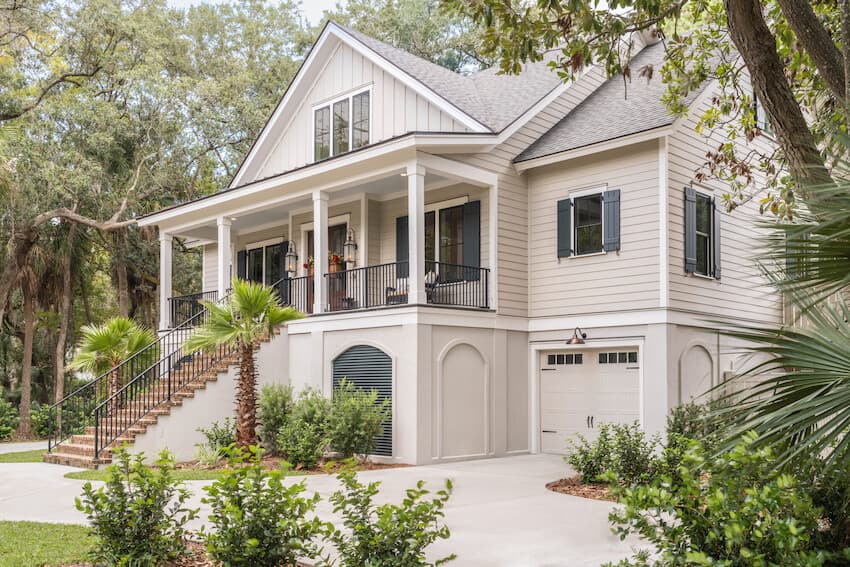
McGinley Sparks says a putty color is now trending. Some homeowners also like to play with contrasting neutrals, such as light siding with dark trim. For other families, a monochromatic look, which features subtle variations of color, may be more fitting.
Playing with Texture and Contrasting Accents
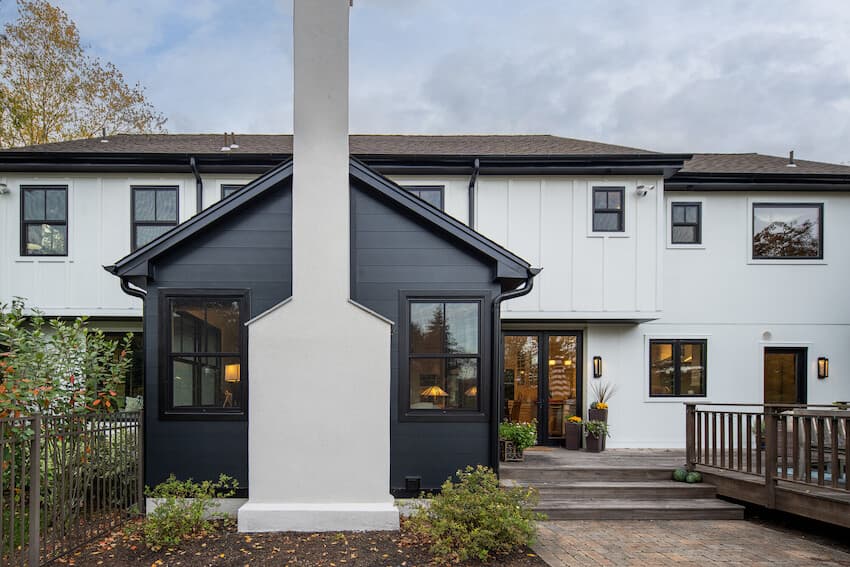
Mixing siding can help you highlight the features of a house, says McGinley Sparks. For example, a different texture can draw attention to the windows. “Visually, if you vary the texture on an exterior, you’re creating that interest,” she says. So if you’re having difficulty choosing between the different types of siding, it might be a good idea to pick two or more styles that complement one another.
Blending Indoor and Outdoor Spaces
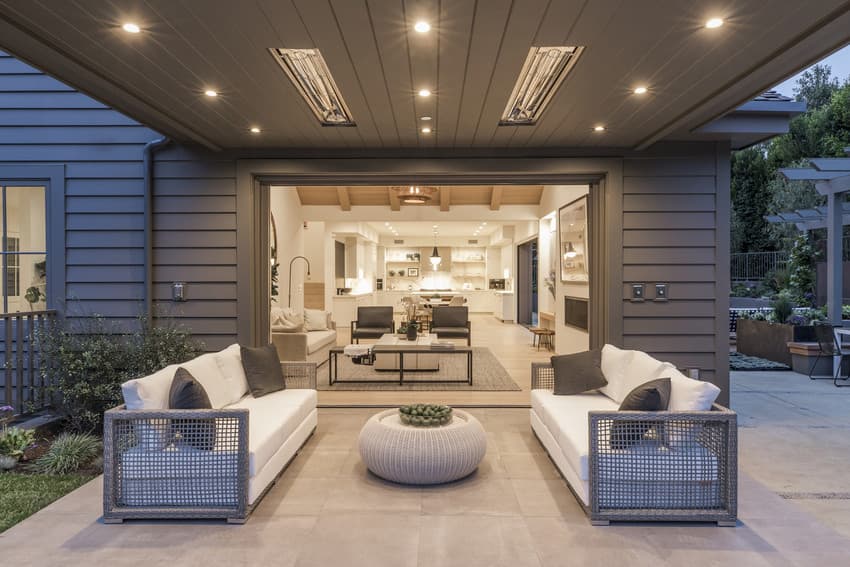
Lovers of nature, take note: Siding can be used to bring the outdoors in, and there are a few creative ways you can accomplish this fusion of living spaces. For example, extending a roof with a sided ceiling over a patio creates an outdoor room in your home. You can even use siding on an accent wall to partially enclose an outdoor kitchen. Wide windows and doors that open up to these spaces help to establish a natural flow between indoor and outdoor rooms as well.
You can also apply siding indoors to enhance fluidity between spaces. McGinley Sparks says her customers melted over the beauty of Hardie® siding applied on an interior ceiling. “Bringing in that exterior product inside is just kind of a fun little surprise for a lot of our homeowners. They love the texture and the visual interest of that application.”
When remodeling his daughter’s home, Woodley used some of the leftover Hardie® Artisan® siding from the exterior renovation to accent the interior space. He says the result was absolutely beautiful.
Choosing the Right Look for Your Setting
To narrow down your options further, think about where your house is located when choosing a siding style. “The different types of siding help establish the character of the house,” says Woodley. Whether you’re looking to create beachy vibes for your coastal home, rustic appeal for your mountain cabin, or modern edge for your urban townhome, the right siding can reflect your surroundings so that your home stands out without being an eyesore.
McGinley Sparks says her custom siding choices run the gamut, depending on the setting of the home. “For family land on hundreds of acres, you might have more of that ranch style with traditional lap siding, maybe in a deeper color,” she says. “For acreage communities, where they’re highlighting a Southern Living feel, you’ll get more of that board and batten look. With our urban properties, they brighten up the colors a little bit. They get a little bit more dramatic because they have a smaller footprint to work with.”
Selecting Durable Materials
Trends may come and go, but fiber cement siding withstands the test of time. Whether you envision your dream home in subdued hue with a smooth texture or you’re aiming for striking details and pops of color, it’s important to use superior siding that will help protect your home from the elements.
Most people are aware of the important role siding plays in helping defend your home from damage — 76% of homeowners in a 2022 survey said the possibility of extreme weather had an impact on their exterior renovation plans. Durability is a major concern, especially as extreme weather events become more frequent. That’s why the team at Kurk Homes uses Hardie® fiber cement siding, says McGinley Sparks.
“Our homeowners are putting their trust in us to build them a beautiful home that’s built for generations,” she says. “There are a lot of weather challenges that come with building in Texas. And we’re super happy with how Hardie® products have stood up to Texas weather. It’s that durability that really sets it apart.” Similarly, Woodley says his team uses Hardie® siding because it requires minimal maintenance, freeing up time and money for homeowners.
For more home exterior ideas, download our Inspiration Guide. You can also request product samples to compare colors side-by-side. While selecting siding for your exterior renovation is a critical decision that will impact the longevity of your home, it’s also fun to choose a style that you’ll love coming home to, day after day.